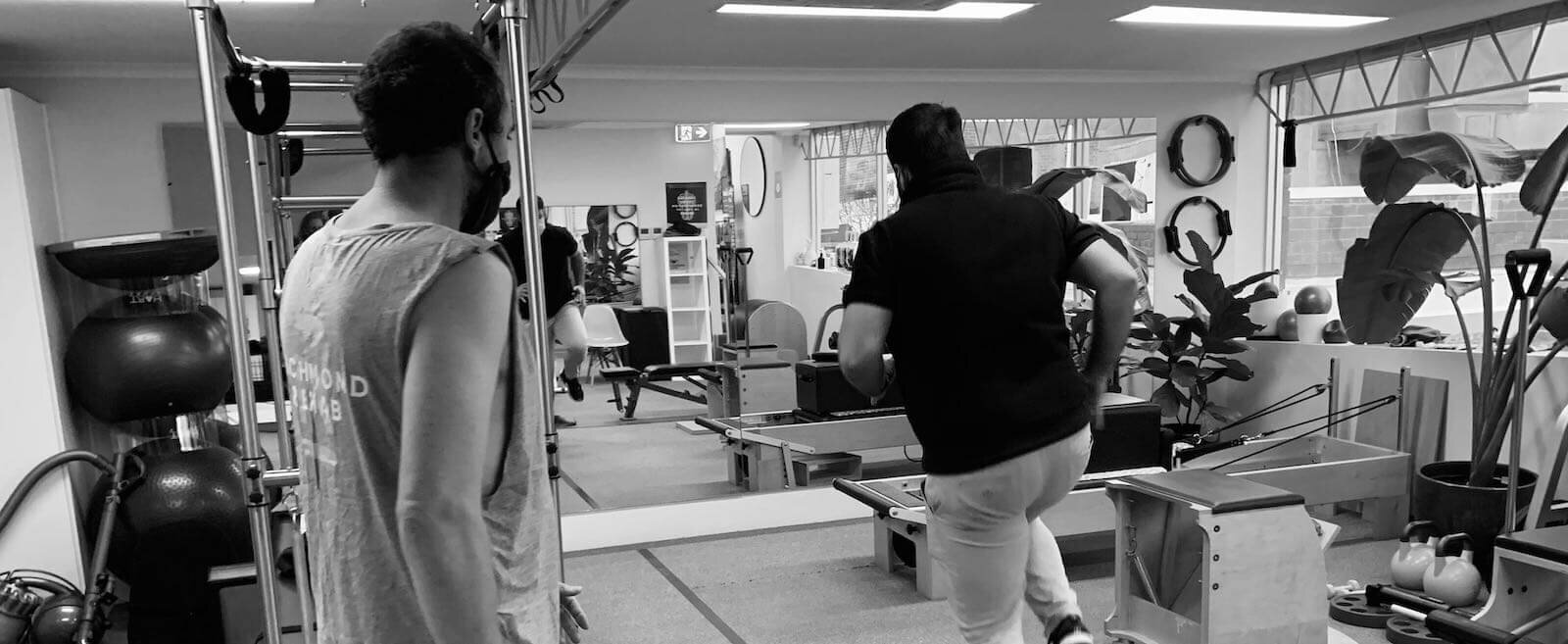Busted Myths & Broken Bones
A Blog About Injuries & Rehab

Joint Hypermoblity Syndrome
IS FLEXIBILITY ALWAYS A GOOD THING?
As someone with hypermobilty himself, Luke (physio) discusses the spectrum of mobility and what the implications of being too stretchy can mean.
If you’ve always thought of yourself as double jointed or have always strived to achieve the level of mobility that a contortionist posses, this might the article for you!

Prevention Is The Best Medicine
Injury prevention is one of the most important steps an athlete can take. Jesse Dean (physio) works with Scott who is one of Richmond Rehab’s sponsored athletes.
This blog follows the initial screening of a running athlete in their lead up to a big event.

